#akira kurosawa
Text

Ikiru, Akira Kurosawa, 1952
71 notes
·
View notes
Text


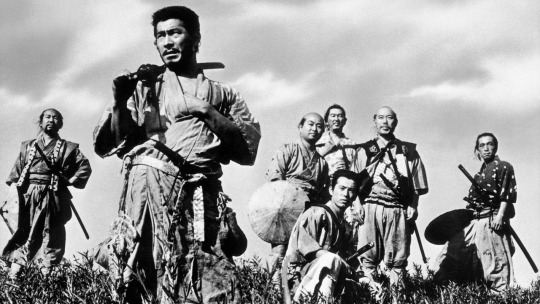
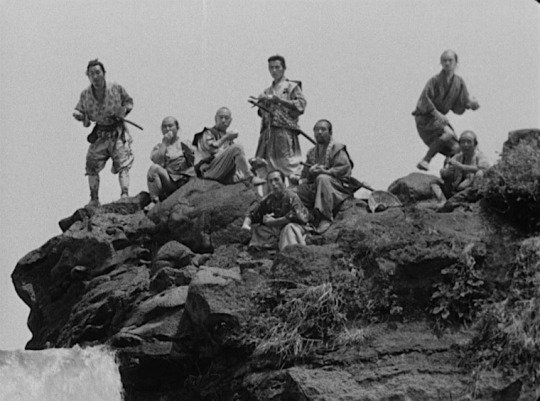
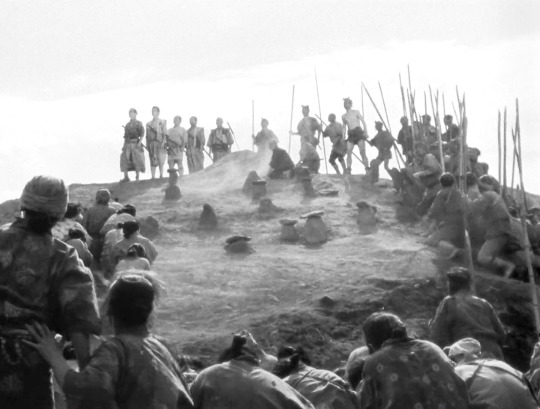

Akira Kurosawa's masterful SEVEN SAMURAI premiered in Japan 70 years ago today (4/26/54) #OnThisDay
50 notes
·
View notes
Text

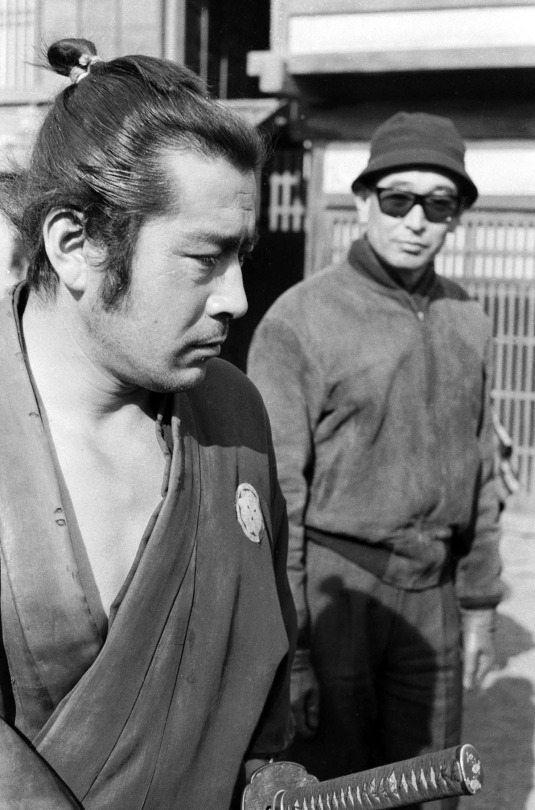
Toshiro Mifune and Akira Kurosawa
31 notes
·
View notes
Text



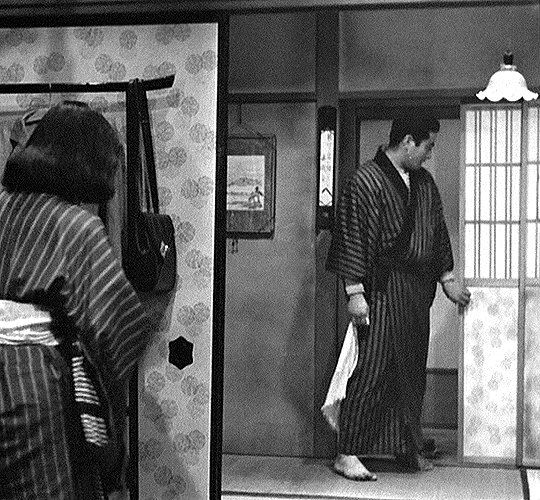


Toshiro Mifune and Yoshiko Yamaguchi
Scandal (1950) dir. Akira Kurosawa
#Scandal#Toshiro Mifune#Yoshiko Yamaguchi#Akira Kurosawa#guys#robes#movies#*#**#filmedit#toshiromifuneedit#albertserra#uservee#userlet#userlenny#usertennant#ritahayworrth#userlenie#userteri
3K notes
·
View notes
Text
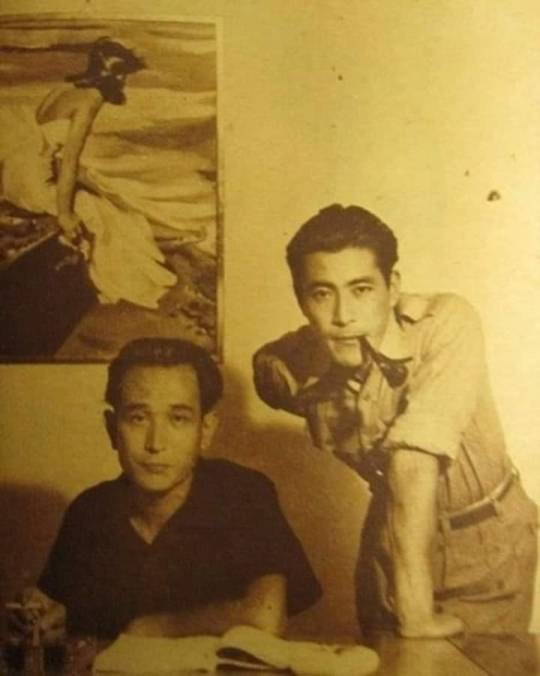
A rare photo of young Japanese director Akira Kurosawa and actor, later film legend, Toshiro Mifune, circa 1950s.
2K notes
·
View notes
Text
God I love animation. I love it for the way it can bring anything to life beyond the constraints of boring ol' reality, but also the ways that it's inextricably linked to, and draws on the conventions of live-action film-making.
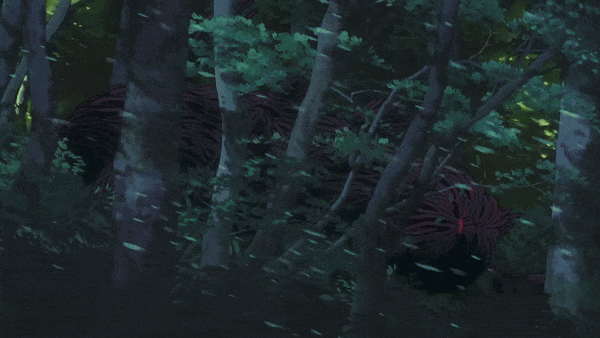
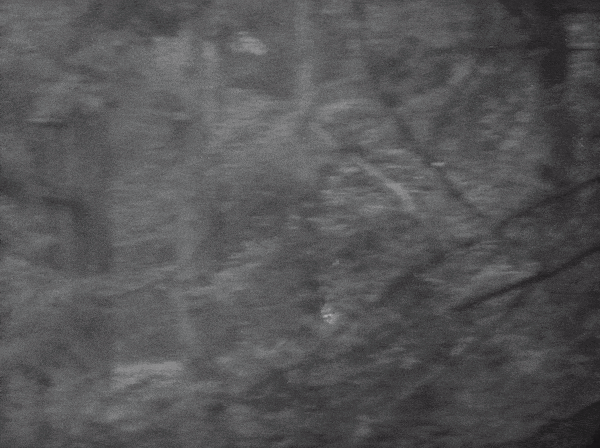
So fuck it, let's look at how Hayao Miyazaki straight up copies some camera framing techniques from his predecessor and the other most influential Japanese filmmaker of all time, Akira Kurosawa! (Kurosawa really was the master of framing scenes around his characters, so he's a great source of inspiration)
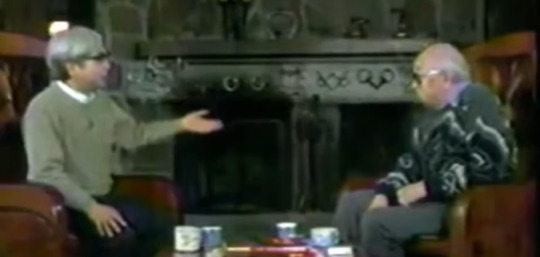
(btw, this is a screenshot from this TV special where the two met for the first time just after the release of Kurosawa's final film. It's pretty interesting, and also very cute how nervous Miyazaki seems to be to meet one of his idols.)
Specifically, how the two each choose to break the 180 degree rule (well, not technically 'break' in the case of Kurosawa) to show their protagonists' changing destiny in "Throne of Blood" and "Princess Mononoke".
For anyone who doesn't know, the 180 degree rule is a basic film-making rule of thumb which states that in any scene where two characters interact, you should draw an imaginary line between them and the camera should always stay on one side of that line.

("In the Mood for Love" - Wong Kar-wai)
This way, one character is always looking to the right of the camera, the other is always looking to the left, and the audience doesn't get confused by the geography of the scene. Crossing this line can be disorienting, but when done intentionally, it can convey a paradigm shift of some kind in the scene.

In this scene from "Throne of Blood," (a feudal Japanese retelling of Macbeth) Washizu's wife Asaji discusses tactics with him and tries to convince him to aspire to the throne and to assassinate his lord Tsuzuki while he sleeps.
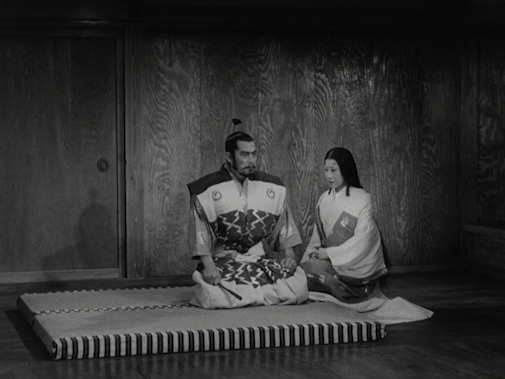
As two servants appear to notify them that Washizu's sleeping quarters are prepared, the camera dollies left and around the characters' backs. This camera movement is motivated by the motion of the servants' torches outside the room, but it also signifies a change in Washizu's outlook.
Washizu is completely silent for most of this scene, contemplating his wife's advice. But as the camera slides behind his back and across the line of action, the scene is now re-framed, illustrating his change in perspective.
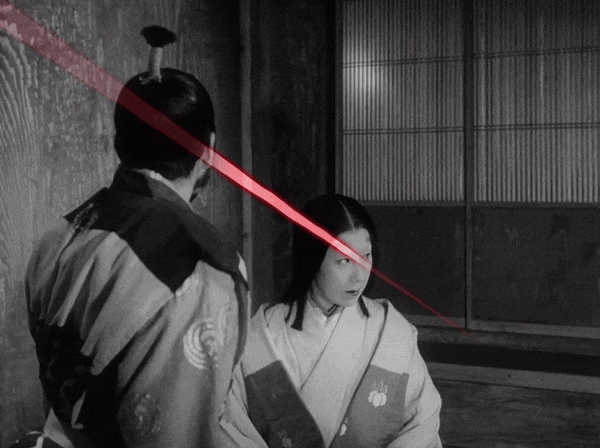
He's been convinced and the trajectory of his life is about to change - and now, facing away from the camera, is the time for action.
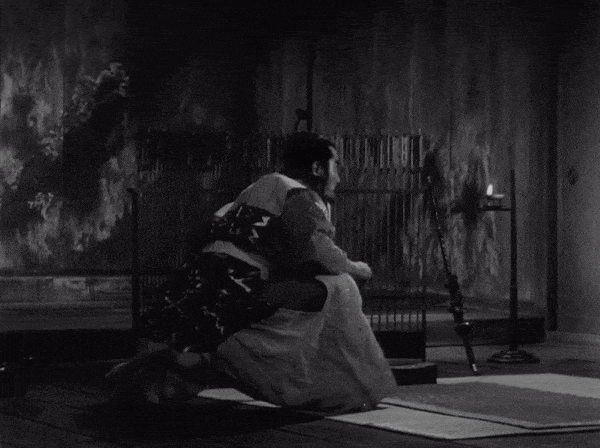
Because the camera slides smoothly across the line, Kurosawa isn't technically breaking the 180 degree rule. Miyazaki on the other hand, takes it a little further.
The complimentary scene in Princess Mononoke comes near the start when the wise woman of the village reads Prince Ashitaka's fortune after he's cursed by the wild boar spirit. She tells him that it is his fate to leave the village and travel to the west, where he may be able to lift the curse on his arm. The trajectory of Ashitaka's life changes in this moment too. As he accepts his fate, the change is symbolized by him cutting off his hair, but also by the camera jumping the line.
Throughout this dialogue scene and even as he cuts his hair, the simulated camera sits just slightly to the side of Ashitaka's left shoulder.
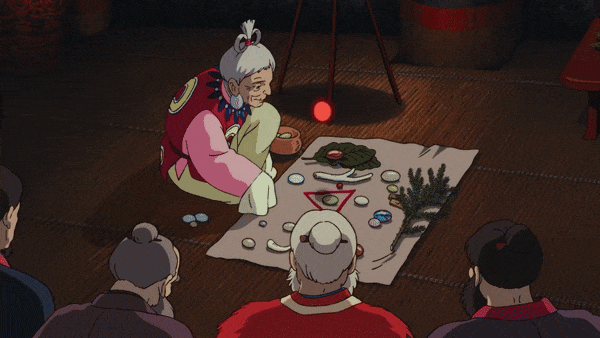
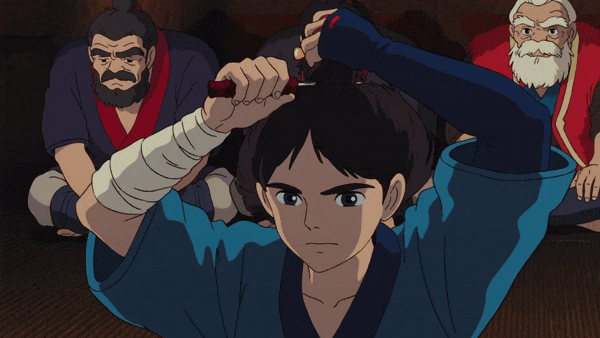
But once it's done, for the final shot, the scene is reframed and we jump to the other side, where Ashitaka is now looking to the right of the camera instead of the left.
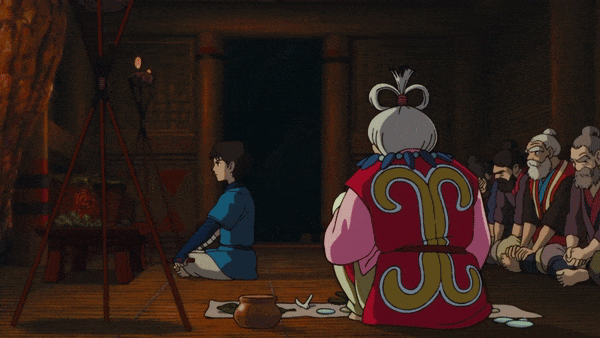
Making the camera dolly across a scene like Kurosawa's version in 2D animation is no simple task, so this transition with a simple cut is in a way subtler, in another way a bit more jarring, but it conveys the same meaning.
This is the moment when our protagonists make the choice to embark on a new destiny and re-frame their lives.
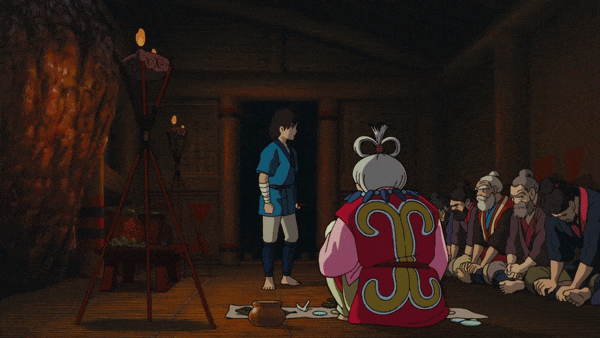
This has been an excerpt from a short video essay I made a while back, which not many people watched. I think this is at least in part due to my failure to package it well, and it seems you tumblheads like this animation/cinematography analysis stuff, so this is an experiment to see if, with the help of y'all, and a new title and thumbnail, it's at all possible to give this video a second wind in the eyes of the Youtube Gods!
So if you found this interesting, I'd appreciate if you checked it out! Thanks for reading!
youtube
#Also i spent a lot of time on the little animated bit at the start so please watch it lol#animation analysis#mini essay#video#video essay#princess mononoke#throne of blood#hayao miyazaki#akira kurosawa#Youtube#gif warning
881 notes
·
View notes
Photo


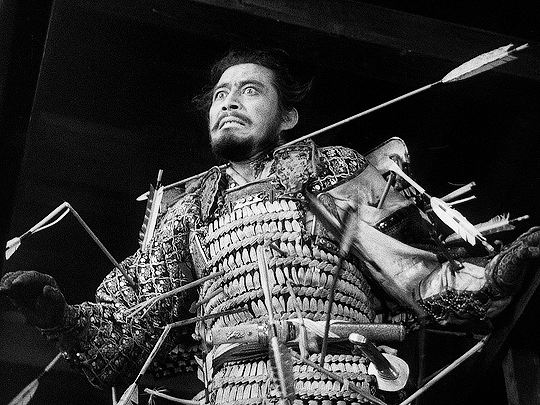

Throne of Blood (1957) | dir. Akira Kurosawa
#throne of blood#蜘蛛巣城#perioddramaedit#worldcinemaedit#filmedit#classicfilmedit#filmgifs#toshiro mifune#akira kurosawa#macbeth#*
3K notes
·
View notes
Photo
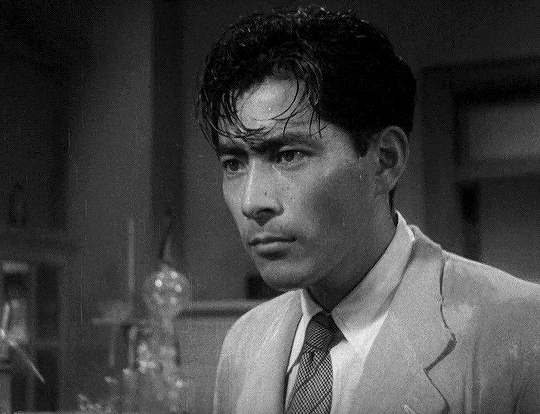
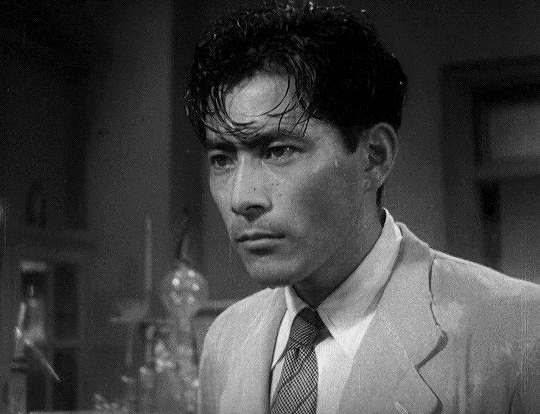
STRAY DOG (1949) dir. Akira Kurosawa
2K notes
·
View notes
Text






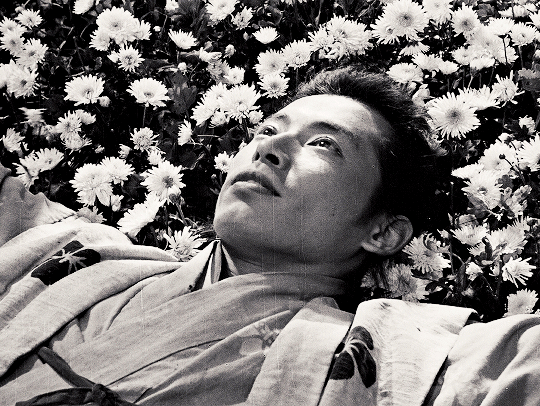


SEVEN SAMURAI (1954)
dir. Akira Kurosawa
#filmedit#filmgifs#moviegifs#dailyworldcinema#classicfilmsource#dailyflicks#seven samurai#akira kurosawa
2K notes
·
View notes
Text

The Idiot (白痴) / Akira Kurosawa / 1951
440 notes
·
View notes
Text

Ardy Strüwer (1939-2023) — Blues for Kurosawa [oil on canvas, 1997]
682 notes
·
View notes
Photo
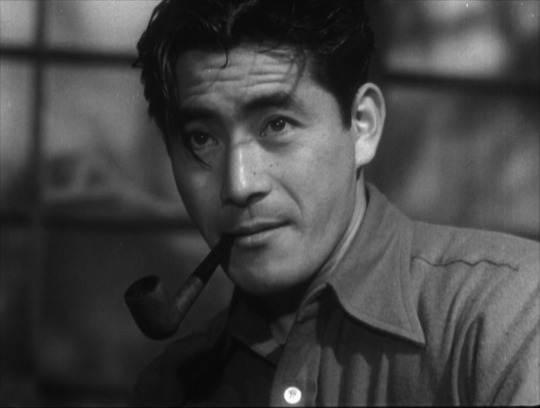

Toshirô Mifune in Scandal (Akira Kurosawa, 1950)
#Scandal#Akira Kurosawa#Kurosawa#Toshirô Mifune#Toshiro Mifune#smoke#smile#1950#black and white#beauty#faces#Shubûn#Shubun
4K notes
·
View notes
Text
Then Mifuné suddenly smiles. Not laughs. Smiles. The smile is something else. His face lights up, his gaze returns. He looks at you as though he sees you and is amused — by you, by himself, by life.
Happy Birthday Toshiro Mifune!
[April 1, 1920 - December 24, 1997]
#toshiro mifune#akira Kurosawa#I had work in the morning but this was more important to me LMAO#that Donald Richie quote punched me in the gut thank you Old man Enjoyer for showing it to me.
295 notes
·
View notes
Text
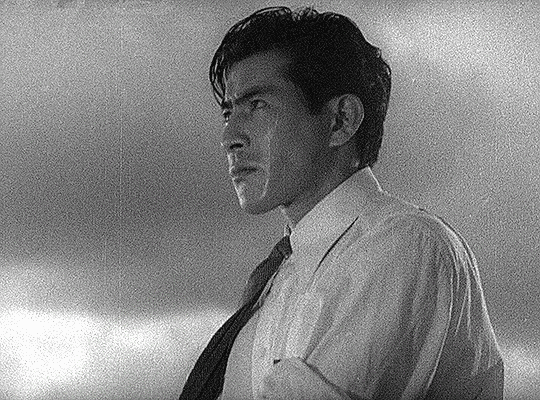


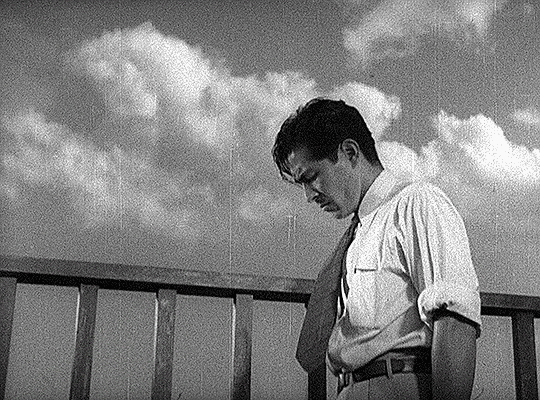

Toshiro Mifune as Detective Murakami
Stray Dog (1949) dir. Akira Kurosawa
#Stray Dog#Toshiro Mifune#Akira Kurosawa#noirvember#guys#movies#*#**#toshiromifuneedit#filmedit#uservee#ritahayworrth#userlenie#uservienna#usertennant#userlenny#userteri#flashing tw
3K notes
·
View notes
Text

Behind the scenes of Sanjuro (1962)
297 notes
·
View notes
Text

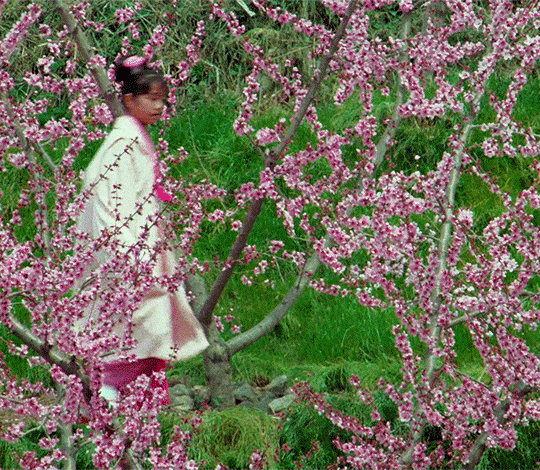
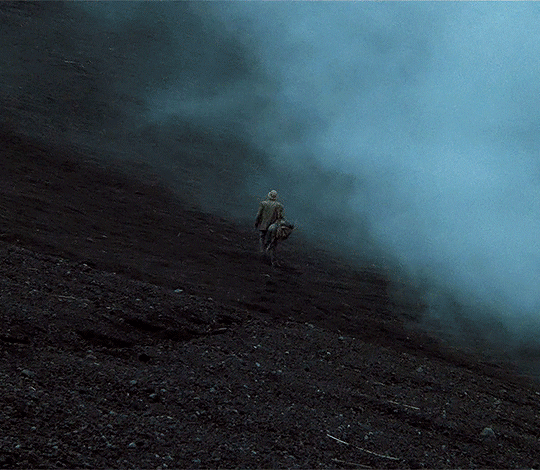
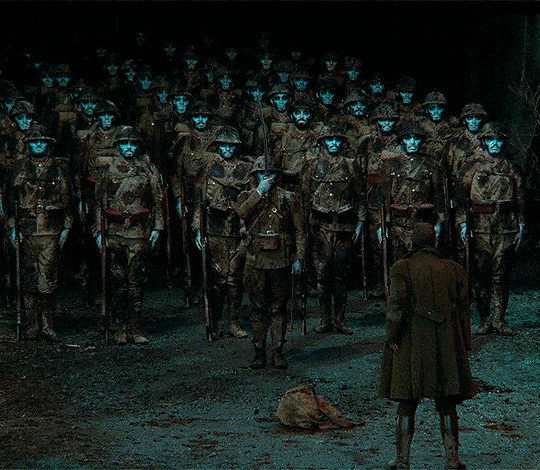
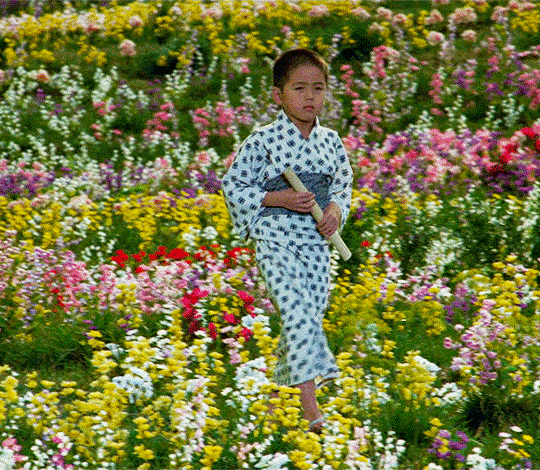


DREAMS (1990) dir. Akira Kurosawa
#dreams#akira kurosawa#moviegifs#filmedit#filmgifs#dailyworldcinema#dailyflicks#cinemaspam#usersugar#useradie#usergina#userelissa#userjean#usercande#userlera#userfilm#useravalone#my edit
510 notes
·
View notes